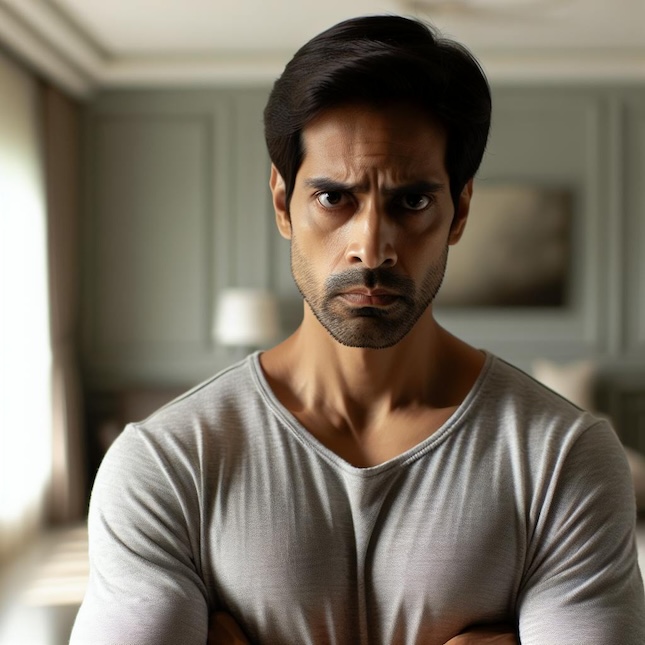Character Change and Story Dynamic
Choose Your Challenge
Writers come up with many ways to establish the characters in their stories, especially the main character: character interviews, worst fear, early childhood, habits good and bad, etc. What readers want is action.
The easiest way to reconcile your wealth of knowledge about your character and engaging readers in the story is to confront your character with obstacles and challenges. Think of all the character background in the same way you do research:
Click to Tweet: Character background is like research. Only 20% actually shows up in your story.
Create the Challenges
In traditional fiction and many genre’s this scene by scene challenge is the crux of getting your reader to turn the pages. As your character develops through the challenges your reader experiences the changes.
As your story and your main character progress, readers tune in to the changes. By the time your story reaches a climax, your reader knows your character, sympathizes with his situation and the final changes of the culmination of all those challenges along the way.
Your character becomes dynamic through her reactions to the challenges you create.
Wait! My Character Doesn’t Change
Down these mean streets a man must go who is not himself mean, who is neither tarnished nor afraid. He is the hero; he is everything. He must be a complete man and a common man and yet an unusual man. He must be, to use a rather weathered phrase, a man of honor—by instinct, by inevitability, without thought of it, and certainly without saying it. He must be the best man in his world and a good enough man for any world.
He will take no man’s money dishonestly and no man’s insolence without a due and dispassionate revenge. He is a lonely man and his pride is that you will treat him as a proud man or be very sorry you ever saw him.
The story is this man’s adventure in search of a hidden truth, and it would be no adventure if it did not happen to a man fit for adventure. If there were enough like him, the world would be a very safe place to live in, without becoming too dull to be worth living in.
Change is the Story Key
Infographic from Reedsy
Zara Altair
Zara Altair writes mysteries set in ancient Italy. Argolicus thinks he has retired, but he and his tutor, Nikolaos, are drawn into puzzles, politics, and murder.






